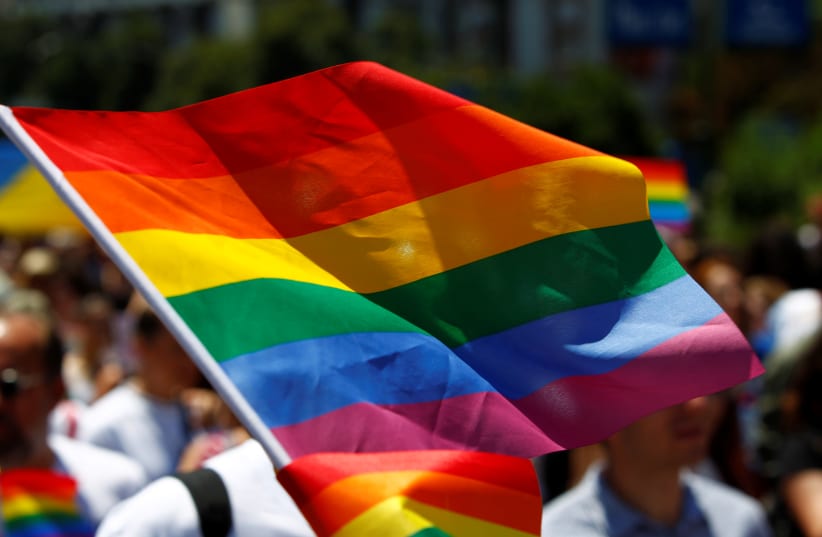Nearly one third of lesbian, gay and bisexual (LGB) participants experienced migraines, 58% more than did heterosexual participants, in a survey by the University of California - San Francisco (UCSF) published in the Journal of the American Medical Association Neurology.
Overall, more than one in six people in the United States experience migraine headaches, according to the US Centers for Disease Control and Prevention.
Severe headache pain from migraines, one of the most common reasons for a hospital emergency room visit, can be accompanied by sensitivity to light and sound as well as blurred vision, nausea and vomiting.
The researchers said while their work shows LGB Americans are at greater risk for migraines, they could not pinpoint the reasons why.
"There might be a higher rate of migraines in LGB people because of discrimination, stigma or prejudice, which may lead to stress and trigger a migraine," the study's lead author Dr. Jason Nagata, an assistant professor of pediatrics at UCSF, told the Thomson Reuters Foundation.
"Physicians should be aware that migraines are quite common in LGB individuals and assess for migraine symptoms," Nagata said.
Hate crimes against LGBT+ people have slightly risen in recent years, according to the most recent data from the US Federal Bureau of Investigation.
There was a total of 1,130 reported crimes based on sexual orientation in the United States from 2014 to 2017. The majority of the incidents targeted gay men.
LGB people may be at higher risk for migraines also due to barriers of receiving health care, Nagata added.
Migraines can be disabling and result in missed work and frequent doctor visits.
Other studies have shown disparities in migraine prevalence by gender, ethnicity and socioeconomic status.
As many as 85% of Americans who suffer from migraines are women, according to the Migraine Research Foundation, a US based nonprofit that researches migraine treatments.
Migraines appear to be more common among Black Americans and Americans with lower socioeconomic status, according to the National Headache Foundation, a US based nonprofit that raises awareness about headache and migraine pain.
The new study surveyed nearly 10,000 Americans ages 31 to 42 from 2016 to 2018.
